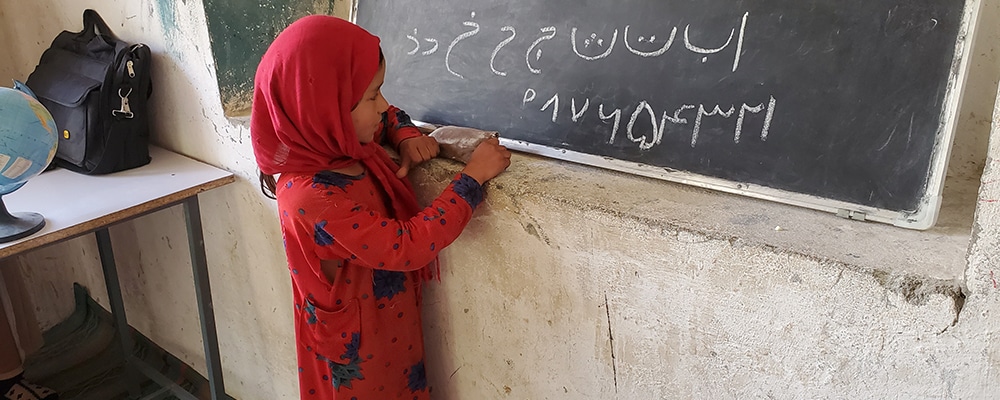Ramadan Mubarak 2023

During Ramadan 2023, Central Asia Institute partners, staff, and program participants shared their reflections on the holiday. From finding strength in fasting to putting more passion into work, their reflections carried messages of faith, peace, joy and togetherness. Eid Mubarak, from everyone at Central Asia Institute!
The promise of an education

For eight-year-old Gul Naz, the thawing of winter in her remote Afghan village meant more than just warmer days ahead—it meant a new adventure! Gul Naz was delighted to learn that she had been promoted to the second grade and would begin her studies following the winter break. The teacher at her community-based school, Mrs. […]
